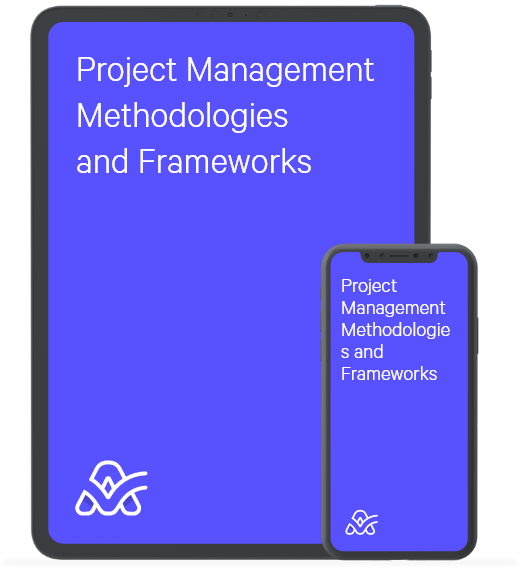Joint Development Application (JAD) is a very common technique in the business analysis world. It brings system developers and users together in a productive and creative environment through a structured approach that involves discussion groups with the goal to obtain requirements and specifications.
In a nutshell, the ultimate purpose of JAD is to include the client in the development process and develop a more satisfactory end-product that will meet the client’s needs more efficiently. JAD allows clients to have full autonomy in project development and allows them to participate in their application's development through a series of workshops.
When a business needs some technical input from the technical expertise, JAD session is required. Likewise, when technical expertise needs business input, JAD is required.
Whenever a business and a technical team are trying to collaborate with each other to make certain decisions about critical issues, there is nothing more effective than organizing a JAD session.

Project Management Methodologies and Frameworks
Evolution of Joint Development Application (JAD)
Chuck Morris of IBM Raleigh and Tony Crawford of IBM Toronto developed Joint Development Application in the late 1970s with the aim to improve client satisfaction.
During the 1980’s they led few workshops to prove the concept. Since then, it has been applied to numerous software projects across industry sectors and has produced excellent results, particularly on small to medium-sized projects.
JAD participants
When implementing JAD process, you need to keep in mind that the JAD team is at the heart of the project. Also, you need to carefully select and include your stakeholders as they will be responsible for the overall success of a JAD session.
Here are key roles you need to involve to keep your JAD session on the right track:
Executive sponsor
This person is usually the manager of the business area who comes from the customer's company and has the full freedom to make critical decisions concerning the project.
Although they don’t have to actively participate in all steps of the project, they need to be available throughout the process and solve important issues as they arise.
Facilitator
This is the most important person in the process as they are responsible for planning, executing, and managing the session. The facilitator should have the right knowledge and extensive experience to lead the project.
Also, they should work closely with executive sponsors to achieve desired goals. During the discussion, the facilitator should be able to:
- Focus on the process
- Be unbiased and neutral
- Lead groups and keep sessions on track
- Stop sideline conversations
Stakeholder
A stakeholder is the main focus of the entire process. Without their involvement, JAD sessions are pointless.
They represent all key user groups affected by the project development and represent multiple levels within the organization. JAD session allows stakeholders to become an integral part of the project so they can get the product they need.
Scribe (Recorder)
The scribe is in charge of documenting the entire JAD process. Since there are often a lot of ideas and suggestions, a JAD session may involve more scribes. A Scribe must:
- Capture the important decisions, who made them, and why
- Distribute and archive the documentation at the end of each session
- Have excellent analytical skills to be able to analyze the discussion
IT Representative
IT Representative gives technical advice and helps JAD team develop logical models to build a prototype. They must:
- Help the customer turn their concepts into business requirements
- Efficiently use available technology
- Provide end solutions that are realistic for the budget and timeframe
Observer
This person observes each step of a JAD session, end-user's needs, and JAD sessions decisions
JAD sessions
Each JAD session must have well-defined objectives and detailed agenda items. You need to ensure you have invited key players from both the business and technical world, as well as the person who will take notes.
You need to ask questions, record important decisions, and assign action items. While the questions and agenda items are the essence of the discussion that will drive the meeting, don't expect to get the answers immediately.
The point of JAD sessions is to trigger creative thinking and brainstorming that will lead to a joint discussion that will require expertise from various departments.
At its core, JAD session should help the teams come up with decisions. If you and your team can't arrive to a decision, you need to run JAD sessions on a scheduled basis, which are usually known as JAD workshops.
The outcome of a JAD session is more valuable than other meetings because you can make more decisions.
Although most of the JAD sessions are scheduled during the development phase, they may even happen during the requirement phase.
Advantages and disadvantages of JAD
Advantages
- JAD allows you to resolve difficulties more simply and produce better, error-free software
- The joint collaboration between the company and the clients lowers all risks
- JAD reduces costs and time needed for project development
- Well-defined requirements improve system quality
- Due to the close communication, progress is faster
- JAD encourages the team to push each other to work faster and deliver on time
Disadvantages
- Different opinions within the team make it difficult to align goals and maintain focus
- Depending on the size of the project, JAD may require a significant time commitment

